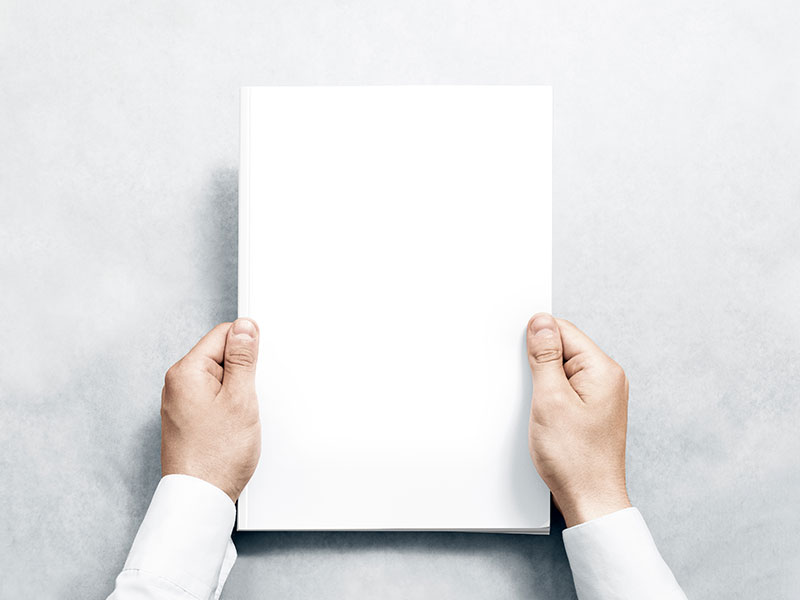A powerful and effective brochure distinctively and succinctly details what your business is all about and what you can do for your customers but many think that a brochure is no longer relevant, particularly now that everything is going digital. That’s far from the truth. A skillfully designed brochure can be a great lead-nurturing marketing strategy.
An effective brochure design can inform its readers, convey good credibility and authority to the company, add to the target audience and motivate consumers to take action.
For many, creating a quality brochure is challenging, below are a few tips and tricks on how you can create the best brochure design for your brand:
- Know your objective
To make your design highly effective, it’s vital that you know what it’s for. The objective of the brochure will point you to the right direction. Get all the details about the objective of the brochure to properly choose the design for it. It’s crucial to note that this is a communication design. Whatever you put into the brochure is a direct communication with your audience. - Know your customers.
Seeing that a brochure is a communication tool, it’s crucial that you know your target market. Thus, you’ll be able to capture their interests. For example, if you’re targeting foodies, then select a design that has something connected with cooking. The more you highlight the specific needs of your target market the more effective you brochure would be. - Be creative, be unique.
Creativity is essential to set you apart from your competition. In this time and age when the standard of creativity of designers is astonishing, uniqueness is extremely important. Target a design that is original and unique. It’s also vital that its uniqueness is recognizable. Consider a design that can still look prominent even when it’s shuffled with other leaflets in a rack. - Practice font restraints.
- Once you start designing for a project, it’s easy to go overboard with the font or fonts you’d like to use. While it can be interesting to see a brochure in multiple fonts, it can also be unpleasant for others, especially for potential customers.
- Go straight to the point.
Avoid the temptation of listing down all the accomplishments and successes of your business. Refrain from putting in all the details about your product or service. A large amount of information will just confuse the readers and water down the main point of the brochure. Rather, focus on what will interest the market. Pinpoint an interest succinctly so the readers can readily grasp what you’re communicating to them. - Use high-quality paper.
When it relates to marketing, lightweight brochure paper is the same as a weak handshake. To make a great impression and promote confidence, mind the paper you use. Choose high-quality paper to stand out. It might be more expensive than regular, lightweight ones, but it will show you care for your brand and customers as well. - Add appropriate images.
A brochure without pictures is an uninteresting and rather boring leaflet. People are visual creatures. Many of us get attracted more if we’re looking at something beautiful, interesting, or fun. And text messages hardly ever offer this attraction. But images do.

 For premium graphic and web design with a focus on innovative expression, trust MAKE8NICE – the creative agency in Singapore, the only design firm that truly cares about your needs and the needs of your business. We offer the industry’s most sought after array of professional graphic, web design and SEO services that your business needs to stand out from the crowd.
For premium graphic and web design with a focus on innovative expression, trust MAKE8NICE – the creative agency in Singapore, the only design firm that truly cares about your needs and the needs of your business. We offer the industry’s most sought after array of professional graphic, web design and SEO services that your business needs to stand out from the crowd.